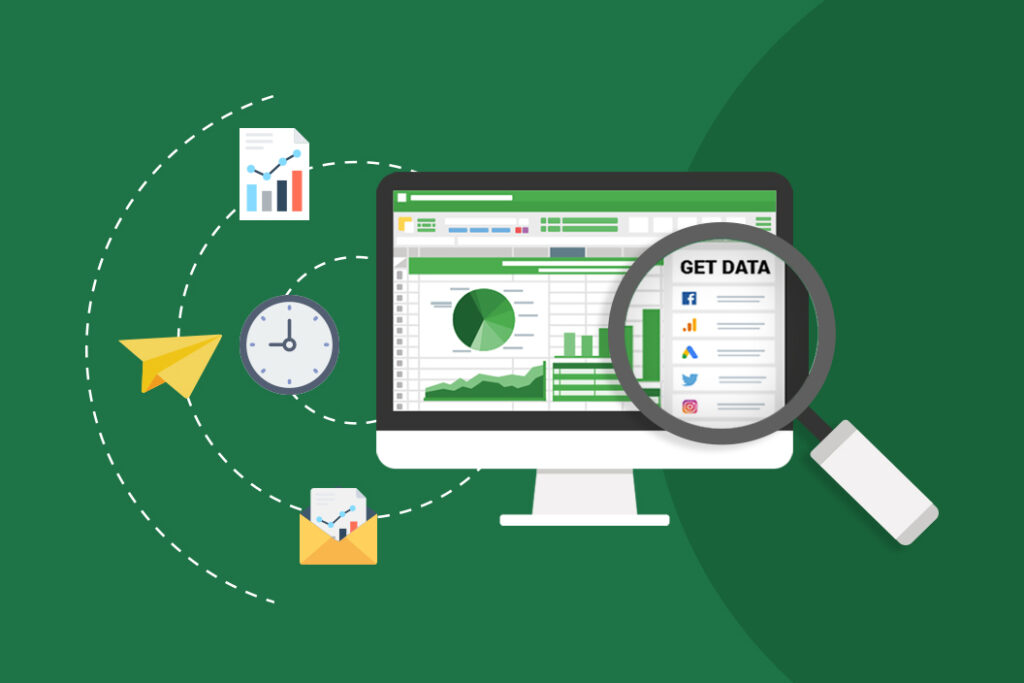Personal Career & Learning Guide for Data Analyst, Data Engineer and Data Scientist
Excel is a powerful tool that can help you organize, analyze, and make sense of large amounts of data. One common task that data analysts perform in Excel is counting unique dates. This article will explain, in layman’s terms, how to do just that.
Before we start, let’s define what we mean by “unique dates.” In this context, “unique dates” refers to the number of distinct dates that appear in a set of data. For example, if you have a list of 100 dates, and 10 of those dates are repeated, you only want to count the 10 unique dates, not the 100 total dates.
To count unique dates in Excel, you will need to use a formula. Don’t worry, the formula is very easy to use and understand. The formula you will use is called “COUNTIF.”
To use the COUNTIF formula, you will need to follow these steps:
- Select the cells that contain the dates you want to count.
- In a blank cell, enter the formula “=SUM(IF(FREQUENCY(A1:A100,A1:A100)>0,1))”. This formula uses the SUM, IF, and FREQUENCY functions to count the unique dates.
- Press Enter to see the result. The result will show you the number of unique dates in the set of data you selected.
That’s all there is to it! With just a few simple steps, you can easily count unique dates in Excel. By using this formula, you can quickly and easily get insights into your data that would otherwise be difficult to see.
In conclusion, Excel is a powerful tool for data analysts and by counting unique dates, you can gain valuable insights into your data. Using the COUNTIF formula is simple and straightforward, and it will help you get the information you need to make informed decisions. So why wait? Start using Excel to count unique dates today and discover new insights into your data!
Excel Example for Data Analyst – Count unique dates
 Loading...
Loading...
Latest end-to-end Learn by Coding Projects (Jupyter Notebooks) in Python and R:
All Notebooks in One Bundle: Data Science Recipes and Examples in Python & R.
End-to-End Python Machine Learning Recipes & Examples.
End-to-End R Machine Learning Recipes & Examples.
Applied Statistics with R for Beginners and Business Professionals
Data Science and Machine Learning Projects in Python: Tabular Data Analytics
Data Science and Machine Learning Projects in R: Tabular Data Analytics
Python Machine Learning & Data Science Recipes: Learn by Coding
R Machine Learning & Data Science Recipes: Learn by Coding
Comparing Different Machine Learning Algorithms in Python for Classification (FREE)
There are 2000+ End-to-End Python & R Notebooks are available to build Professional Portfolio as a Data Scientist and/or Machine Learning Specialist. All Notebooks are only $29.95. We would like to request you to have a look at the website for FREE the end-to-end notebooks, and then decide whether you would like to purchase or not.
